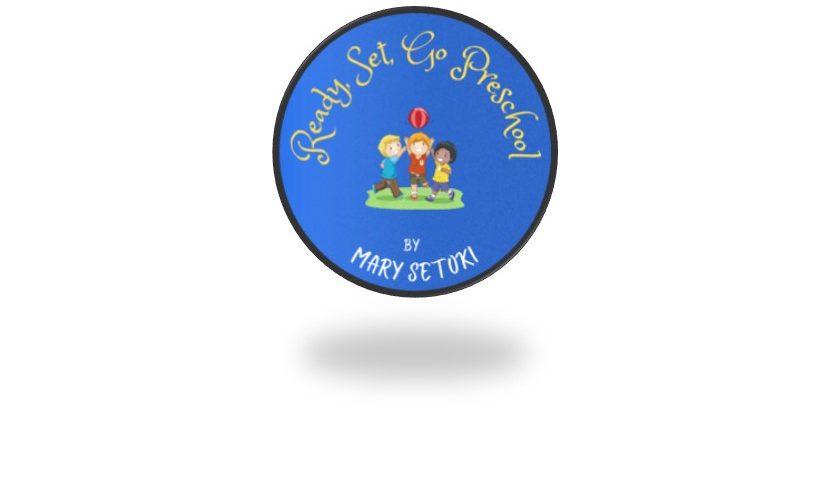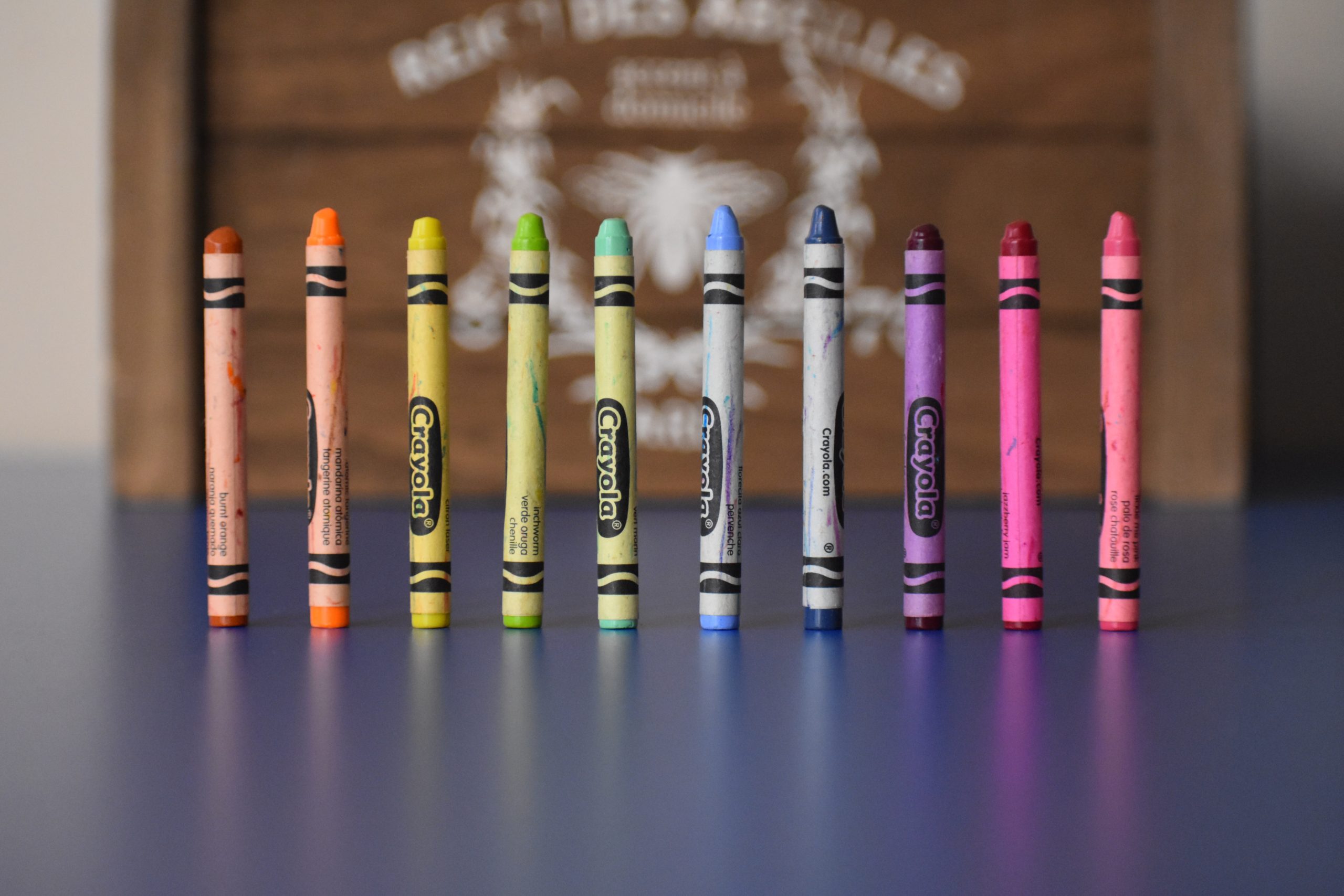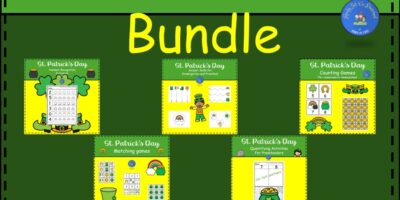What is phonemic awareness? And what is phonological awareness? These two terms are often used interchangeably however, they are related, but not the same. Phonemic awareness is a subset of phonological awareness activities. All phonological awareness skills are listening skills. They are done without looking at letters or writing letters. Once you start looking at letters and learning the sounds, you have moved on to phonics.
Words in a Sentence
Phonological awareness has several components. One of those components is being able to count the words in a sentence. You can model this for children, by counting with your fingers the words in simple sentences, for example; Sarah has a doll. As children learn to identify words in a sentence, it will be easier to break it down further into counting how many syllables in a word.
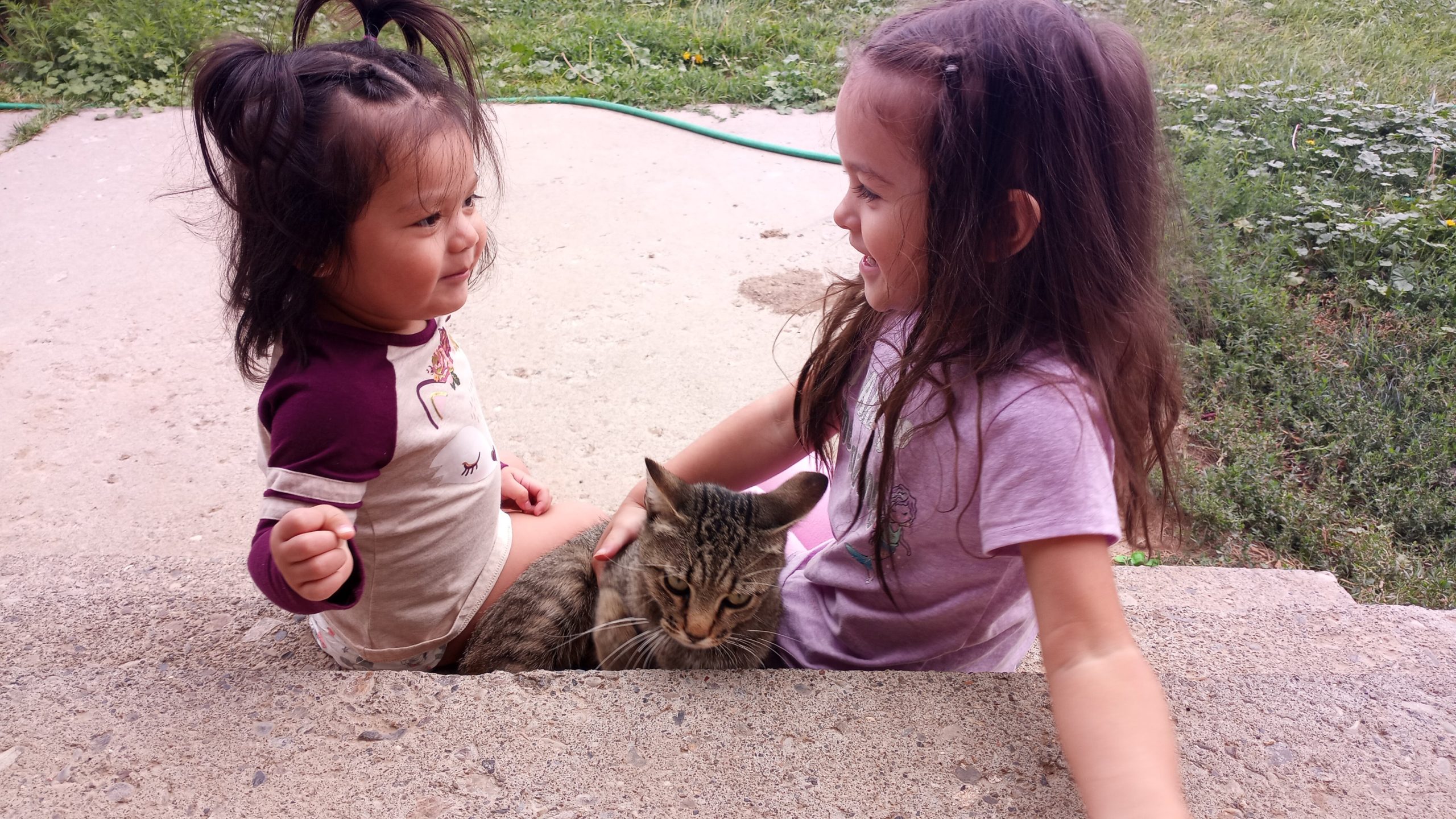
Syllables
Another component of phonological awareness listening activities is being able to identify and count the number of syllables in words. Using your fingers to count syllables is a great skill, but can be hard to master for young learners. Fairy Poppins offers Syllable Worksheets on her teachers pay teachers store. I have used these with my preschoolers and they especially love using the do-a-dot markers for making dots to count out the syllables.
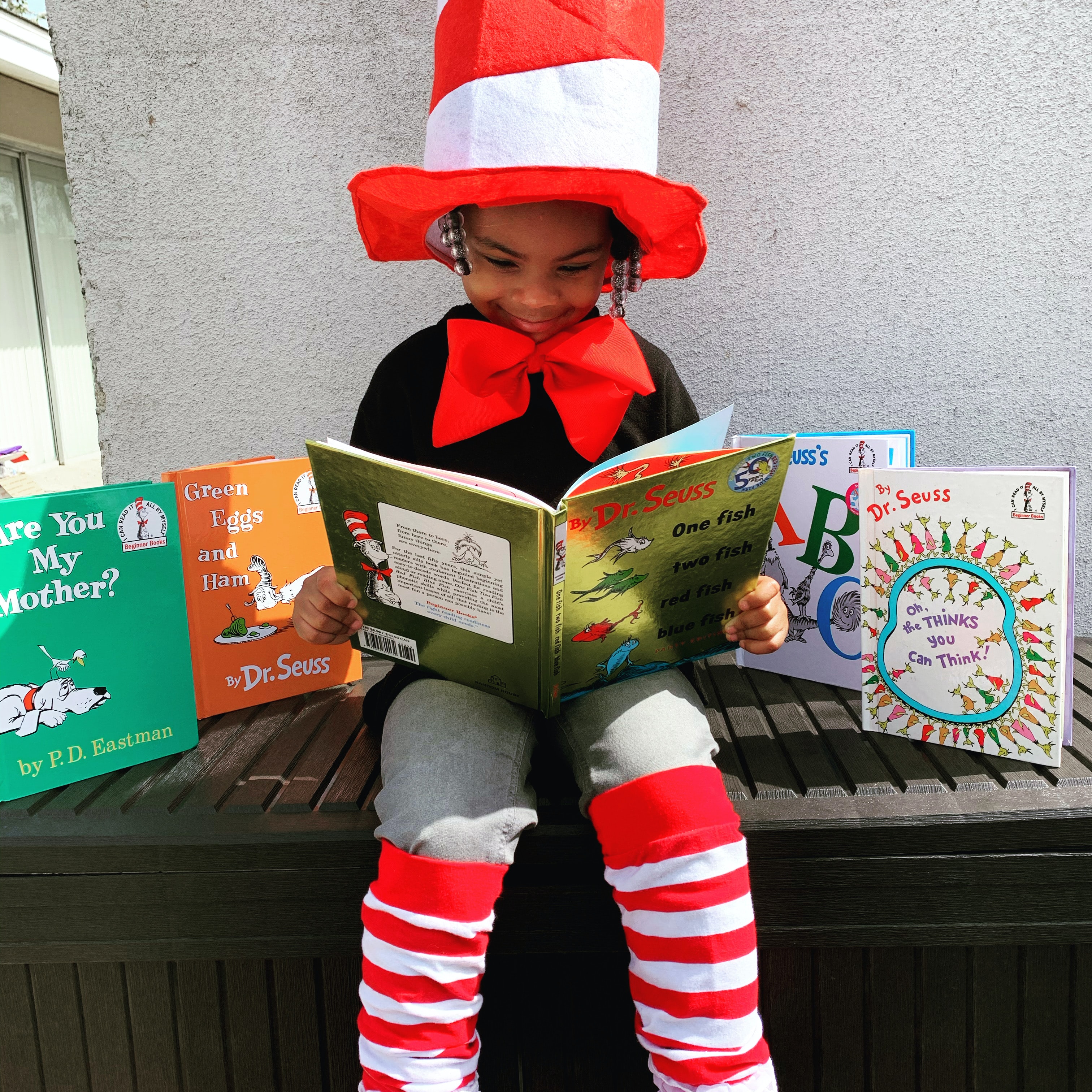
Photo by Catherine Hammond on Unsplash
Onset/Rime
The next component of phonological awareness is being able to discriminate and separate the onset from the rime. The onset is the beginning sound of a word and the rime is the rest of the word. For example in the word “book”, /b/ is the onset and /ook/ is the rime. One fun phonological awareness listening activity is to have children make fists with their hands and hold them in front of them. Children will shake or tap in the air, one fist for the onset /b/, and tap the other fist as they say /ook/, then move their fists together to say the complete word “book”.
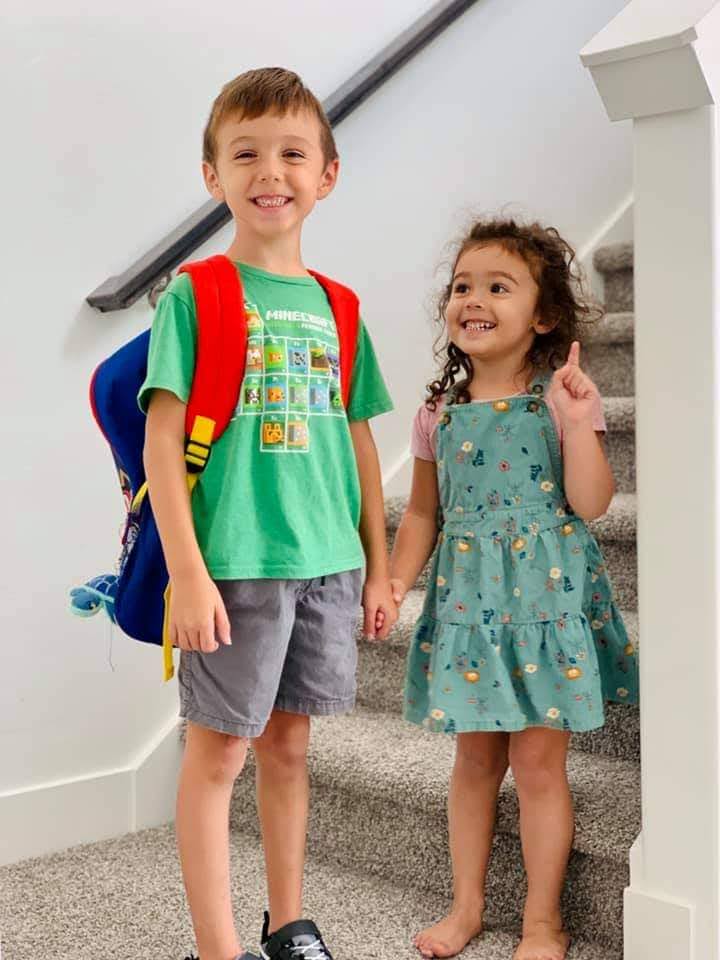
Rhyming/Alliteration
Rhyming and Alliteration are similar to onset and rime, but going one step further. Alliteration is the repetition of the beginning sound such as in the phrase, “pretty pink petals”. And Rhyming words that have the same ending. You can point out rhyming words by saying something like, “house and mouse rhyme because the both say /ouse/ at the end. Since phonological awareness activities are all listening activities, I like to use “thumbs up” or “thumbs down” activities. I start out with, “Are these two words the same or different?” and students will put their thumbs up for the same, and down for different. I then move to, “Do these two words begin with the same sound?” After that, we can start listening for rhyming words and eventually have students make their own rhyming words.
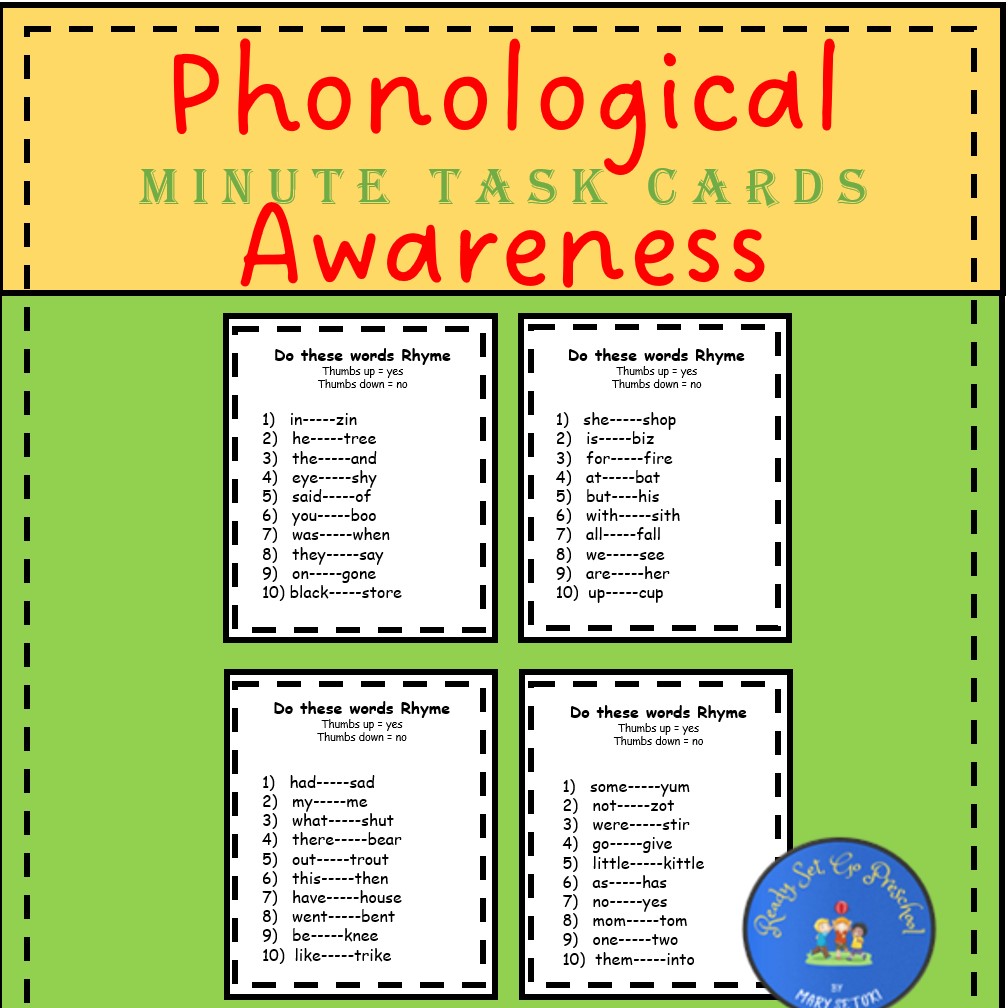
Phonemic Awareness
Phonemic awareness is the last component of phonological awareness. Phonemic awareness is the manipulation of individual sounds or phonemes. For example in the word “cat” there are three phonemes, /c/, /a/, /t/. Phonemic awareness has a few components of its own.
Isolation and Segmenting
The phonemic awareness activity of isolation requires a student to be able to isolate and name the beginning, medial and final sounds in a word. You might ask a student to tell the beginning sound in the word “dog”, which of course is /d/. After students have become proficient at the beginning sound, I like to move to the final sound, and then to the medial sound. Segmenting activities can be done along with isolation activities or separately. Segmenting is separating the sounds of a word and telling how many sounds are in a word. You might ask a student, “How many sounds do you hear in the word “cat”?” and the student would finger count or tap, /c/, /a/, /t/ and say that there are 3 sounds.
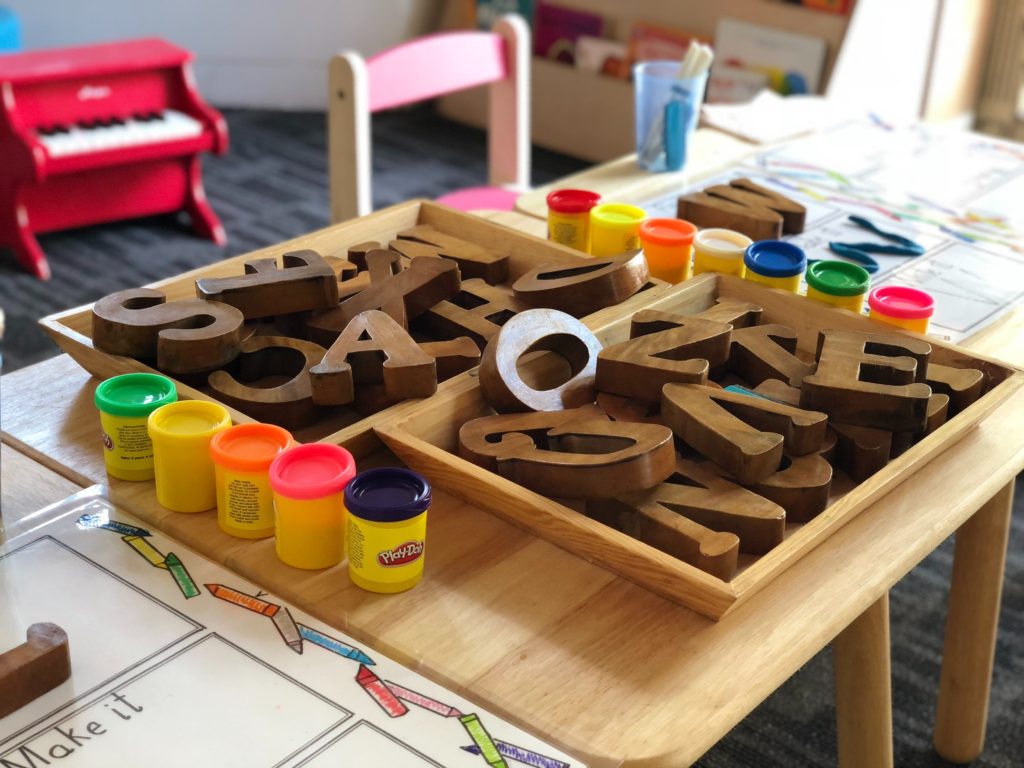
Blending
Blending and segmenting can also be done together. After a word has been segmented, it can then be blended back together into one word. Have children finger count each sound and then close their fist to say the blended word for example, /d/, /o/, /g/, “dog”.
Addition, Deletion, Substitution
Now that students can isolate sounds, segment words, and blend sounds into words they can start adding sounds. You could say to a student, “Say the word “car”, now add the sound /t/ to the end. The word now becomes “cart”. Similarly, you can say to a student, “say the words “names”, now delete or don’t say the /s/ sound”. The word becomes “name”. Students can have a lot of fun with substitution. You can say to a student, “Say the word “tall”, now substitute or replace the /t/ sound with /m/. Now the word is “mall”. This makes a great game as students practice the phonemic awareness skills.
Phonological Awareness and the Road to Reading
As teachers, we often hear varying opinions about phonics instruction. It is my opinion that phonics instruction, (learning the letters and corresponding sounds) is not very effective if students do not first have phonological awareness skills including phonemic awareness skills. Phonological awareness listening activities pave the road for students to understand phonics and become proficient readers.
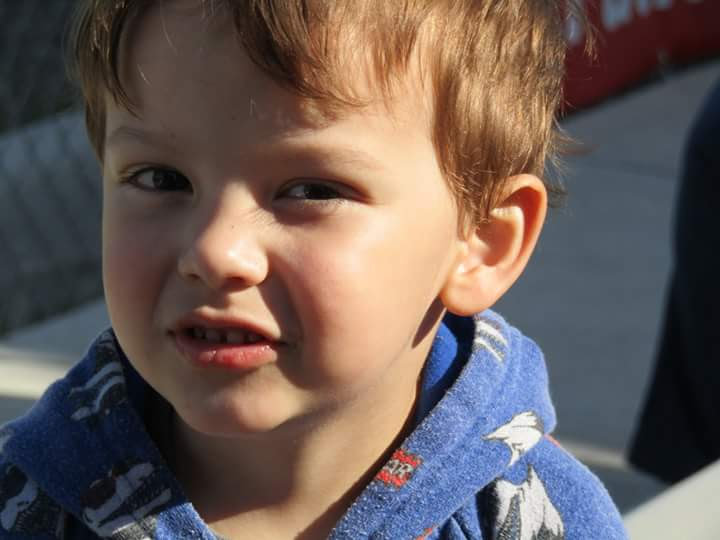
Join my email list for weekly tips and ideas and claim your free
“Guide to Circle-Time Songs For Preschools”
with a list and recordings of
My 10 favorite Get Up and Move Songs
